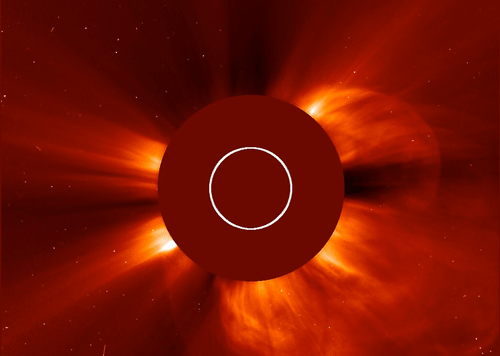
Don't miss the strongest solar flare of the year that sent out giant bursts of light and radiation into the space.
NASA's Interface Region Imaging Spectrograph (IRIS) captured its strongest solar flare since its launch in the summer of 2013.
IRIS looks into chromosphere, a layer of the sun's lower atmosphere just above the surface, with unprecedented resolution.
Chromosphere regulates the flow of energy and material as they travel from the sun's surface out into space.
On Jan 28, scientists spotted a magnetically active region on the sun and focused IRIS on it to see how the solar material behaved under intense magnetic forces.
They noticed a moderate flare, labeled an M-class flare - which is the second strongest class flare after X-class - erupted from the area, sending light and x-rays into space.
IRIS is equipped with an instrument called a spectrograph that can separate out the light it sees into its individual wavelengths, which in turn correlates to material at different temperatures, velocities and densities.
The spectrograph on IRIS was pointed right into the heart of this flare when it reached its peak.
The data obtained can help determine how different temperatures of material flow, giving scientists more insight into how flares work, said a NASA release.
Deccan Herald is on WhatsApp Channels| Join now for Breaking News & Editor's Picks